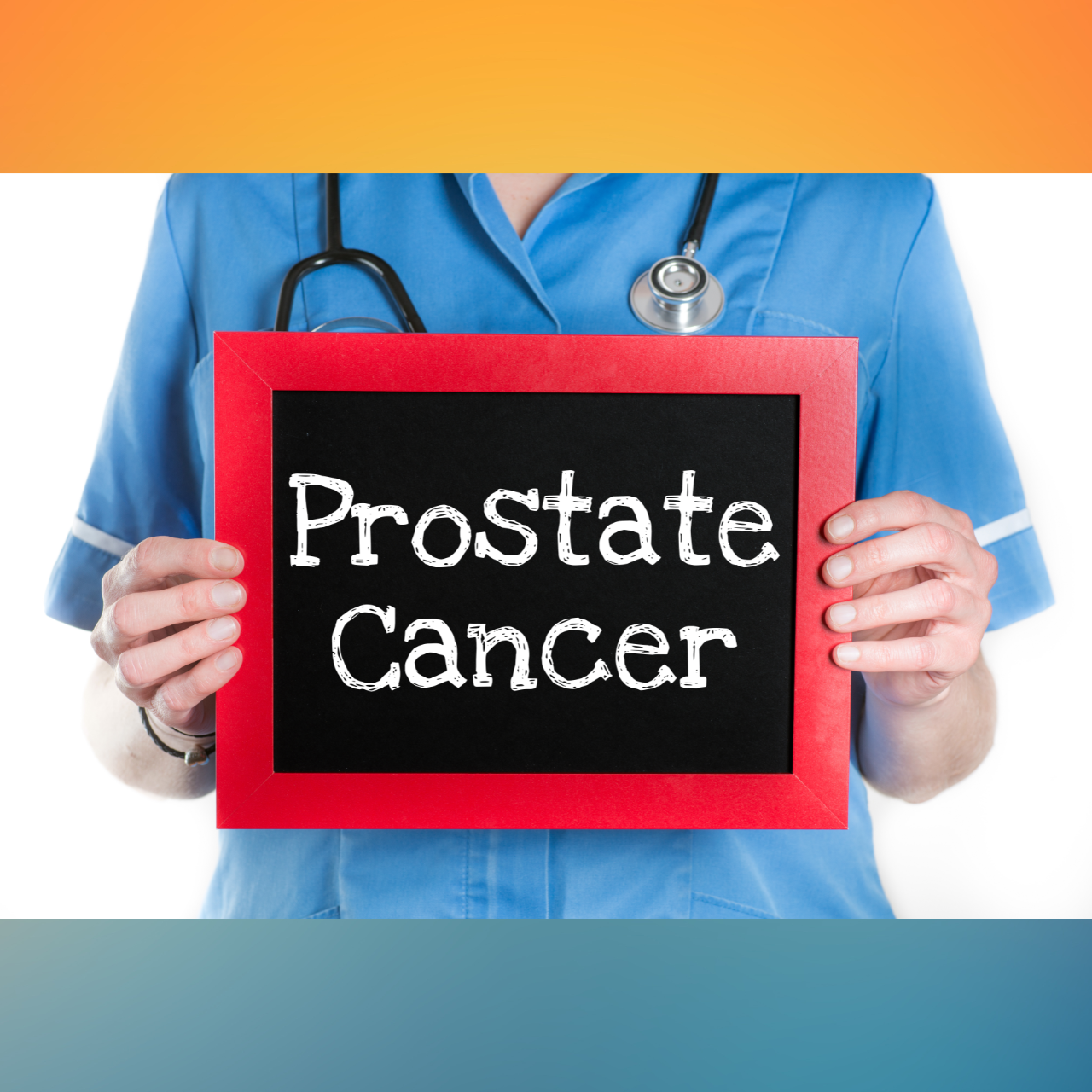
Prostate cancer ranks as the most prevalent cancer in men and stands as the second leading cause of cancer-related deaths among men. This cancer arises from the abnormal growth and multiplication of cells in the prostate gland, a gland responsible for producing semen fluid and aiding in urine control.
Factors That May Elevate the Risk
While the precise causes of prostate cancer remain unclear, several factors might heighten the risk of its development such as when we get older as the likelihood of prostate cancer escalates with age, notably after becoming fifty years old. A familial history of prostate cancer, such as a father, brother, or son with the disease, increases the risk of developing it. African American men exhibit a higher incidence and more aggressive forms of prostate cancer compared to other ethnic groups. Our dietary habits also increase the risk as a diet rich in red and processed meats, dairy, and fats may elevate the risk of prostate cancer. Conversely, consuming more fruits, vegetables, whole grains, and fish can reduce the risk.
(here are my herbal supplements for prostate health.)
Managing our weight is important as being overweight or obese can amplify the risk of prostate cancer and complicate its treatment. Smoking can harm cell DNA, thereby increasing the cancer risk. Exposure to specific chemicals like pesticides, herbicides, or industrial solvents can potentially increase the risk. Chronic prostate inflammation or infections, including prostatitis or sexually transmitted infections (STIs), can heighten the risk.
Prevention and Early Detection
Regular screening tests administered by a physician are the most effective methods for preventing or detecting prostate cancer at an early stage. These tests encompass the Digital Rectal Exam (DRE). The doctor examines the prostate by inserting a finger into the rectum to detect any anomalies or lumps. Prostate-specific Antigen (PSA) Test: This test measures the PSA protein level, which the prostate produces. Elevated PSA levels could indicate prostate cancer or other conditions. Ultrasound: Sound waves are utilized to generate an image of the prostate and identify any alterations in its size or shape. Biopsy: A small tissue sample is extracted from the prostate and examined under a microscope to detect cancer signs.
Conventional Treatment Options
Upon diagnosis, the doctor will discuss suitable treatment options for the specific case. Some treatment modalities include Watchful Waiting or Active Surveillance: Monitoring the cancer without immediate treatment until growth or spread signs appear. This approach may be appropriate for older men or those with low-risk or slow-growing cancers without symptoms. Surgery: This involves removing part or the entire prostate gland, depending on the cancer’s stage and location. The procedure can be performed through an abdominal incision or the urethra, potentially leading to side effects like urinary incontinence, erectile dysfunction, or infection.
Radiation Therapy: High-energy rays are used to eradicate cancer cells or reduce prostate tumors. The therapy can be administered externally via a machine or internally using radioactive seeds. Potential side effects include urinary and bowel issues, erectile dysfunction, or fatigue.
Hormone Therapy: Medications are used to decrease testosterone levels, a hormone stimulating prostate growth and cancer. This can be achieved through injections, pills, implants, or surgical removal of the testicles. Hormone therapy may result in side effects such as hot flashes, decreased libido, breast enlargement, osteoporosis, or mood swings.
Chemotherapy: Drugs are used to eliminate or inhibit cancer cell spread. This can be done through injections, infusions, or pills, with potential side effects like nausea, vomiting, hair loss, mouth sores, infections, or fatigue.
Living with prostate cancer can pose significant challenges and emotional stress, affecting quality of life and relationships. You are not alone; numerous resources and support groups are available to assist you in navigating this journey. Open communication with your doctor and loved ones about your feelings and concerns is crucial. Additionally, professional support from counselors, therapists, or social workers is available if you need further assistance.
Disclaimer: The information provided in this blog is intended for information purposes only and should not be considered a substitute for advice from your doctor or other qualified healthcare professionals.
